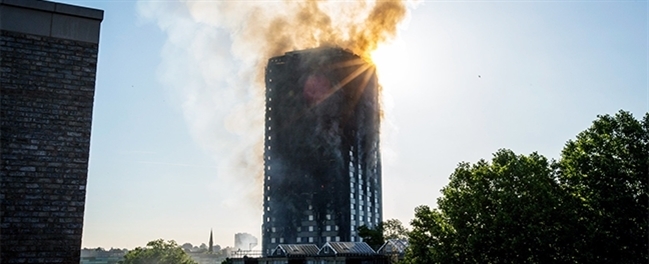
Emergency can be defined as a process in which a life-threatening danger exists and life must be protected. A person affected by an emergency alert often wants to act with primitive emotions. He tends to escape, leave the building, and move to an outdoor area outside the building.
In the Regulation on Fire Protection of Buildings, Emergency is defined as follows: “It is the events that stop or interrupt the normal life and activities of the whole or certain segments of the society and require emergency response and the crisis caused by these events.”
When human life is concerned, all disciplines and systems need to function in coordination, with minimum error and without problems. In order to avoid problems/errors, all of these systems must be able to be monitored and inspected under normal operating conditions. In case of emergency, each system to be used for life protection purposes must have measures taken and be inspected against errors (electrical, electronic, mechanical, etc.).
Fire alarm systems must be installed in the buildings defined in the Regulation on Fire Protection of Buildings. Fire alarm systems, consisting of products that comply with international standards and are certified to comply with the relevant articles of these standards, are the systems that can be inspected against all errors and have the feature of continuous operation. Therefore, it is considered as the most reliable system. A fire alarm system becomes a system that manages all other disciplines in case of emergency. It first manages a series of processes that start with the activation of audible and/or light warning devices as an “alarm” function.
With the confirmation of the alarm, operations such as the activation of the audible/illuminated warning devices to warn the people, the cleaning of the escape routes from smoke, the opening of the locked doors and turnstiles on the escape route are carried out by the fire alarm system within a scenario. Detection and alarm zone planning is very important in determining the fire alarm in a healthy way and preparing the relevant scenarios.
The emergency scenario is generally carried out by an authority who is familiar with the building in terms of all construction, mechanical and electrical aspects of the building by taking into account the structure, class and user load of the building. In this scenario planning, which devices will be operated, turned on or off in case of emergency is determined. A scenario matrix that is a summary of this scenario is also published by this authority. This authority is generally the Fire Consultant. The technician who installs the fire alarm system and provides the programming service performs the system programming according to this scenario matrix.
The emergency control systems are listed in article 82 of the Regulation on Fire Protection of Buildings:
“Emergency control systems
ARTICLE 82- (1) In case of fire, the emergency control system that will automatically fulfill the necessary control functions must have the following features and functions;
ç) Performing the emergency lighting control procedures,
(2) Emergency control operations are carried out with the control units within the hardware and software integrity of the fire alarm system. The controlled system and the security systems associated with the devices, any control and command operations that can be performed by other systems such as building automation systems, should not prevent the emergency control operations to be performed from the fire control panel in case of fire or similar emergency."
In addition, the interaction of the fire alarm system with other systems is described in the Article 13 of TS CEN/TS 54-14 Standard;
13 Operation of other fire protection systems
13.1 General
The fire detection and alarm system can be used to send startup signals to other fire protection systems such as:
The operation or failure of other fire protection systems must not jeopardize the correct functioning of the fire detection system or its signaling to other systems.
There may be national requirements for the connection to other systems. The recommendations of this manual do not cover the requirements that such systems will impose on the fire detection and alarm system. These requirements may include the following:
The recommendations and rules given in the documentation of the other fire protection systems must be observed.
Since the beginning of the emergency, all the measures required for the last person to leave the building properly are managed within the fire alarm system software and hardware integrity within a period determined according to the criteria such as user load, structure, hazard class, etc.
Automatic Fire Extinguishing Systems »